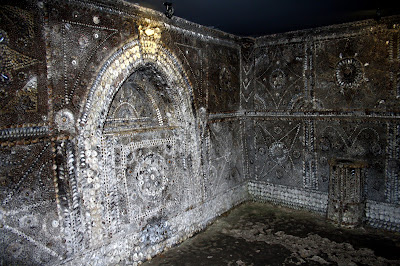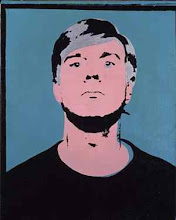 |
| William Scott, Emerald, 1971 |
Scott's paintings of pans, fish and pears, and his still life abstractions, are simple, beautiful, tough and sensual. Scott (1913-1989) was a major figure in British painting in the nineteen fifties, forging an individual bridge between European and American Modernism and abstraction - he met Pollock, de Kooning and Rothko and exhibited regularly in New York. He fell out of fashion and, as noted in the catalogue for a 1998 retrospective at the Irish Museum of Modern Art, was "one of the most significant omissions from the Royal Academy's 1987 exhibition 'British Art in the Twentieth Century'". This exhibition at Tate St Ives, as well as a forthcoming exhibition, William Scott: Divided Figure at Jerwood Gallery, Hastings (from 27 April) offers an opportunity for reassessment.
Read an article by Paul Laity.
 |
| William Scott, Still Life with Candlestick, 1949-50 |
 |
| William Scott, Bottle and Fish Slice, 1949-50 |
 |
| William Scott, Mackerel on a Plate, 1951-2 |
 |
| William Scott, The Harbour, 1952 |
 |
| William Scott, Ochre Still Life, 1958 |
 |
| William Scott, Still Lfe with Orange Note, 1970 |
 |
| William Scott, Pears, 1979 |
 |
| William Scott, Single Blue Oear, 1986 |






















